Forest betta - Betta pugnax
Scientific name: Betta pugnax
Common name: Forest betta
Family: Osphronemidae
Usual size in fish tanks: 10 - 14 cm (3.94 - 5.51 inch)
014
Recommended pH range: 5.9 - 6.5
Recommended water hardness: 4 - 12°N (71.43 - 214.29ppm)
0°C 32°F30°C 86°F
Recommended temperature range: 22 - 26 °C (71.6 - 78.8°F)
The way how these fish reproduce: Spawning
Where the species comes from: South Asia
Temperament to its own species: peaceful
Temperament toward other fish species: peaceful
Usual place in the tank: Middle levels
Forest Betta Overview
The Forest Betta (Betta pugnax) is a peaceful, mouth-brooding species native to the slow-moving, shaded waters of Southeast Asia, particularly Malaysia and Singapore. These fish are slightly larger than many other Betta species, growing to a size of 10 to 14 cm (3.94 to 5.51 inches) in captivity. Their tranquil nature and ability to live in groups make them an ideal choice for aquarists seeking a peaceful Betta species that thrives in well-planted tanks with soft, acidic water.
Tank Requirements
Forest Bettas prefer a densely planted aquarium that mimics their natural habitat, which is often filled with leaf litter and shaded by floating plants. A minimum tank size of 80 liters (21 gallons) is recommended to accommodate a small group. Floating plants like Salvinia and Water Lettuce will help create a shaded environment, while rooted plants such as Java Fern, Anubias, and Cryptocoryne can offer hiding spaces and promote a natural feel in the tank.
Maintain water temperatures between 22-26°C (71.6-78.8°F), with a pH range of 5.9-6.5 and water hardness of 4-12°N (71.43 - 214.29 ppm). It’s important to keep the water soft and slightly acidic to replicate their natural environment. These fish are sensitive to poor water quality, so regular water changes and a reliable filtration system are essential. Slow water flow is preferred to reduce stress.
Food and Feeding
Forest Bettas are omnivorous and not particularly fussy eaters. A quality flake or pellet should serve as the staple diet, but it’s crucial to offer them live or frozen foods to ensure a varied and nutritious intake. Suitable live or frozen options include brine shrimp, bloodworms, daphnia, and mosquito larvae. Feeding them small amounts twice a day will help maintain water quality and ensure they receive all the nutrients they need.
Sexing
Male Forest Bettas are generally more colorful than females, and they also have longer, more extended fins. The males often display brighter and more vibrant coloration, especially during breeding periods, whereas females tend to have duller, more subdued hues.
Breeding
Forest Bettas are mouthbrooders, with the male taking on the responsibility of incubating the eggs. During breeding, the male and female embrace at the bottom of the tank, and after the eggs are fertilized, both parents collect them. The female then passes the eggs to the male, who holds them in his mouth for incubation. The incubation period lasts around 7-10 days, after which the fry are released. Once free-swimming, the fry can be fed newly hatched brine shrimp or finely crushed flakes. It is essential to provide ample hiding spaces for the fry and protect them from any potential threats in the tank.
Lifespan
With proper care, Betta pugnax can live for 2-3 years in captivity. Providing a well-maintained environment with stable water parameters and a nutritious diet is crucial to their longevity.
Compatibility and Tank Mates
Forest Bettas are peaceful and can coexist with other non-aggressive species in a community tank. They are unusual among Betta species in that they can be kept in groups, including multiple males, provided there is enough space and hiding areas to diffuse aggression. Suitable tank mates include small, peaceful species such as Harlequin Rasboras, Neon Tetras, and Corydoras Catfish. Avoid keeping them with fin-nipping or aggressive species, as this can cause stress and injury. It's important to provide plenty of plants and hiding spots to allow females to escape male attention, particularly during breeding periods.
Water Conditions and Tank Setup
Forest Bettas thrive in a well-planted aquarium with subdued lighting and slow water flow. Ideal tank setups include Java Moss, Cryptocoryne, and Amazon Swords, which create dense coverage and hiding spots. The tank should replicate the natural environment of slow-moving rivers and streams, with leaf litter and dark substrate to enhance the natural feel. Floating plants help diffuse light, making the fish feel more secure.
Regular water changes of 10-15% weekly are essential to maintaining water quality. A filter with adjustable flow settings is ideal to keep the current low, as Forest Bettas prefer calm waters. The use of Indian Almond leaves can also help soften the water and slightly lower the pH, benefiting both water quality and the health of the fish.
Short Description
Betta pugnax, commonly known as the Forest Betta, is a peaceful, mouth-brooding Betta species from Southeast Asia. They thrive in soft, acidic water with plenty of plants and hiding spots. Forest Bettas can be kept in groups, unlike most other Betta species, and are relatively easy to care for. They are suitable for well-planted aquariums with subdued lighting and slow water flow. With proper care, they can live for 2-3 years, making them a rewarding addition to peaceful community tanks.
Picture
Thanks to Jan Wirén for the picture. Other pictures were bought from jjphoto.dk.
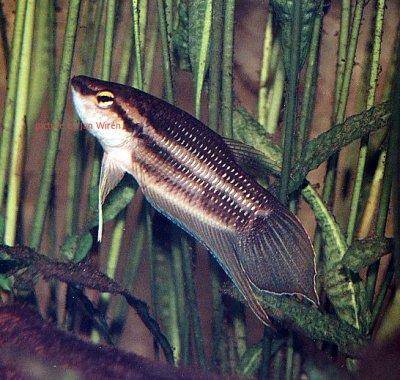



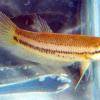 Akar
Akar 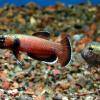 Whiteseam
Whiteseam 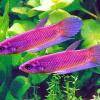 Giant
Giant 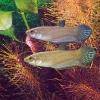 Betta
Betta 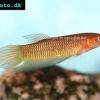 Slender
Slender 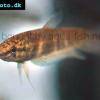 Betta
Betta 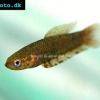 Brown’s
Brown’s 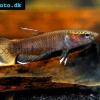 Snakehead
Snakehead 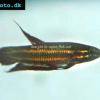 Wine
Wine 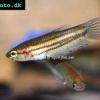 Edith’s
Edith’s 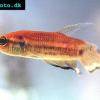 Blue
Blue 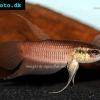 Betta
Betta  Peaceful
Peaceful 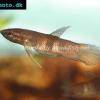 Kapaus
Kapaus 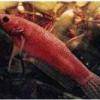 Eyespot
Eyespot 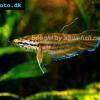 Spotted
Spotted 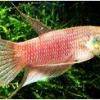 Schaller’s
Schaller’s 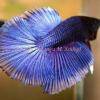 Siamese
Siamese 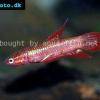 Chukai
Chukai 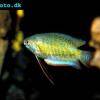 Banded
Banded  Dwarf
Dwarf 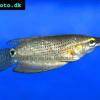 Frail
Frail 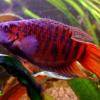 Paradise
Paradise 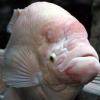 Giant
Giant 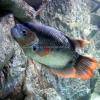 Giant
Giant 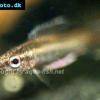 Licorice
Licorice 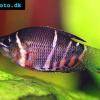 Chocolate
Chocolate 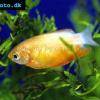 Honey
Honey 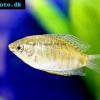 Thick
Thick 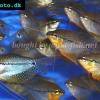 Pearl
Pearl 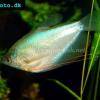 Moonlight
Moonlight 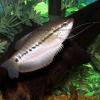 Snakeskin
Snakeskin 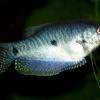 Blue
Blue